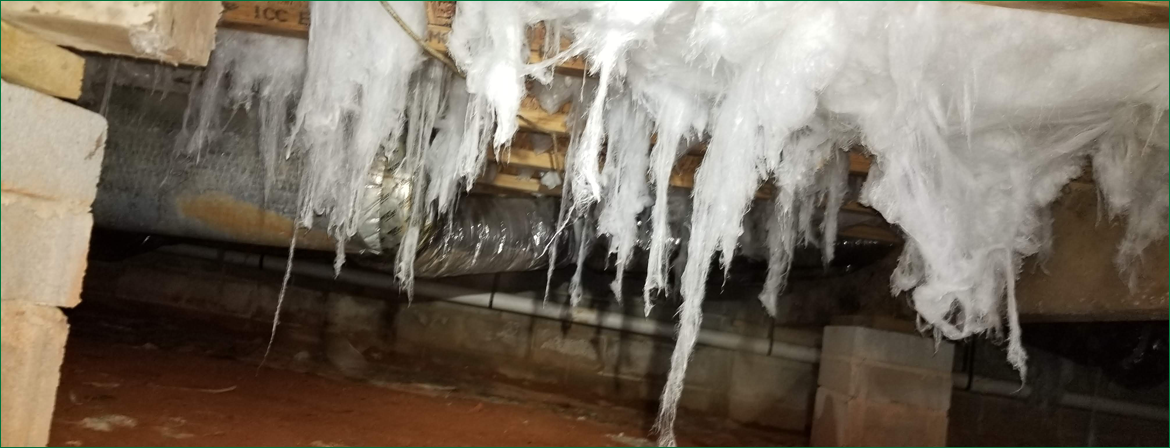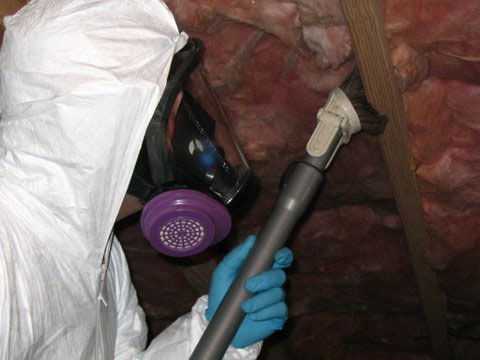Crawlspace cleaning philosophy
The Mold Hunter Inc. is certified and insured specifically for mold. We have successfully completed hundreds of crawlspace remediation projects over the years. We follow the S520 standard for mold remediation professionals, which is the latest standard and all procedures are based on science. In homes that we have been allowed to take adequate indoor air samples and also surface samples from the crawlspace, we have found an elevated mold condition indoors that is also found in the crawlspace occurs less than 10% of the time. This said we cannot substantiate our competitors claims that 50-60% of the air inside your home comes from the crawlspace. We do agree that there are certain things that can contribute to crawlspace air getting into the home but these are exceptions not the norm.

Mold needs 3 things in order to survive and grow. First is oxygen, we cannot eliminate this in a crawlspace, second is a food source, which is cellulose or wood and this is common in all crawlspaces, lastly is adequate moisture. This is the easiest to control and in turn control the mold growth. Moisture contents above 18% wood moisture equivilent will support mold growth, and or relative humidity above 60%. In addition to this when the ambient temperatures are within 15 degrees of the dew point temperature you will have condensation on cooler surfaces. You will usually see this on the HVAC ducting and cold water lines first.
Most folks when they see condensation think of liquid moisture instead of moisture as a vapor. What is occurring in the crawlspace with the condensation is similar to what happens to a glass of tea on a sunny day. When you go outside the glass sweats and all this is, when the hot air hits a cool surface and the moisture that is in the air condenses on the cooler surface. So the foundation vents actually are bringing hot air into a cool crawlspace. Crawlspace temperatures in the summer are usually below 77 degrees and we all know outside temperatures can exceed 95 to even 100 degrees. Our simple and effective solution is to have an adequate vapor barrier, install a dehumidifier designed for crawlspace use to keep the relative humidity below 60% and close the foundation vents to keep outside air out of the crawlspace. There are 2 very good websites that have university supported data collected from crawlspaces. Their conclusions are in line with what we have outlined above. www.thermastor.com, www.crawlspaces.org.
Our solution is to clean the mold from the wooden members in the crawlspace. We spray a hydrogen peroxide solution to the floor joists and allow this to dry at least over- night, then when we come back we HEPA vacuum all the mold off so that we take it with us in our equipment. Then keep it dry. Mold growth cannot reoccur if there is not adequate moisture. We do not normally replace the floor joist insulation unless it is very dirty or stringy and hanging down. The insulation is made from fiberglass which is not a readily available food source for mold. The insulation does a very good job of keeping the moisture out of the subfloor. We normally only find mold growth from the bottom of the insulation down unless the moisture has been coming down from above or inside the home.


